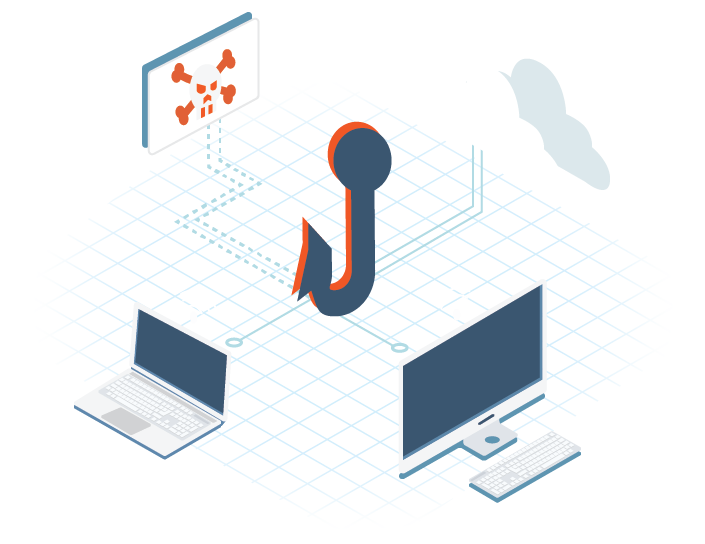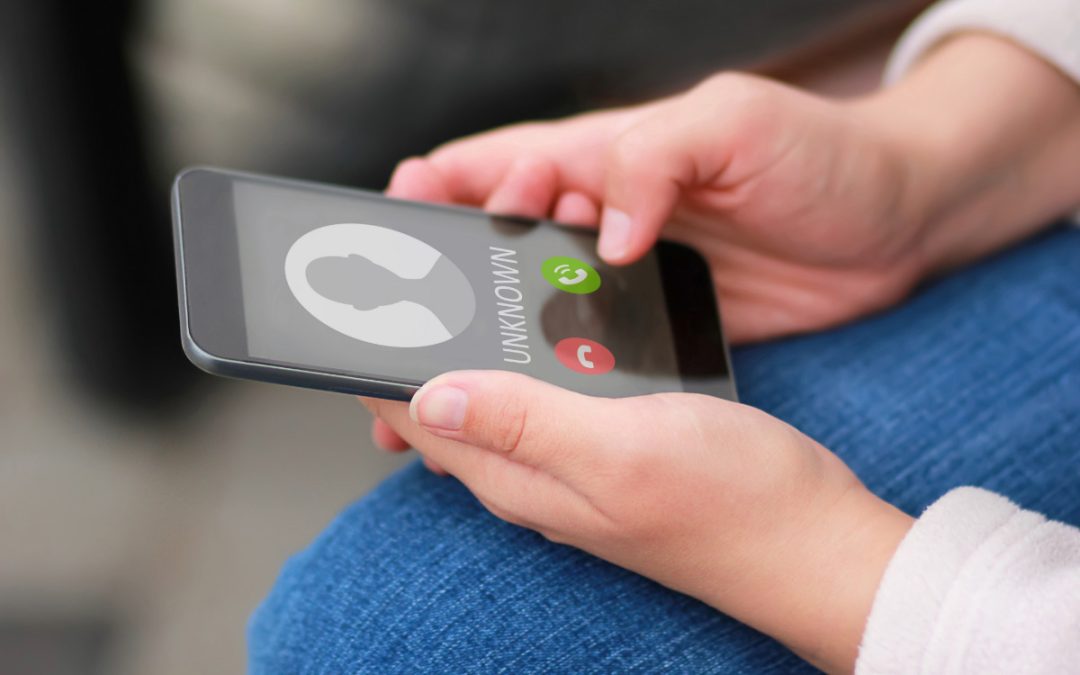Malware attacks are on the rise, but thankfully, so is the vigilance of individuals and IT MSPs.
However the next big threat is on the horizon. On March 14th, the Cybersecurity and Infrastructure Security Agency, a unit of the Department of Homeland Security, released a report on malware called TrickBot.
What Is Trickbot?
No matter how secure one might think their server is, whether it’s private or government property, the hacks of the Clinton emails shows that no one is truly secure. Wherever there is data, there is vulnerability. With this revelation in mind, how does an IT team make sure your emails and proprietary and intellectual data are secure from multiple vulnerabilities, including hacks or ransomware. With all the threats out there, individuals, businesses and governments are in need of services, or a set of services, that provides protection from multiple threats.
How It Works
This malspam is embedding itself in email attachments in familiar formats like Word or Excel documents disguised as accounting reports or invoices. Once opened, the attachment will “prompt the user to enable macros, which executes a VBScript to run a PowerShell script to download the malware.”
It makes sure it is not running in a “sandbox environment” and then attempts to disable your antivirus programs.
Once it has established itself on a device, TrickBot will begin two different attacks.
Redirection attacks send victims to fraudulent banking site replicas when they navigate to certain banking websites. This fake website is hosted on the cyber threat actor’s (CTA) malicious server and harvests the victim’s login information.
A server-side injection intercepts the response from a bank’s server, injects additional client-side code into the webpage, and can steal the victim’s banking credentials through form grabbing. Form grabbing records sensitive information typed into HTML forms, rather than capturing all keystrokes as with a keylogger.
TrickBot is also using the Server Message Block Protocol to spread itself laterally across networks.
What You Should Do
Prevention
Familiarize yourself and your staff with common phishing tactics. Education is the ultimate end-user security practice. This is a necessity for network security.
For ITonDemand clients, spam filtering and endpoint malware security are in place to secure you from the majority of cyber attacks.
For more information on phishing, download our infographic below.
Incident Recovery
- If you think you have been infected, take the device offline as soon as possible. This protects you from any further data loss or further system/network corruption.
- Change all passwords from the infected device from a secure device.
- Contact the ITonDemand HelpDesk to see what further damage mitigation needs to be done.
For the full white paper issued by CIS, click here.
PHISHING
Download our infographic and learn how to identify a phishing scam when you see one.





